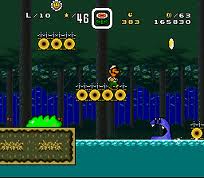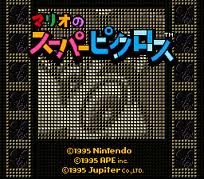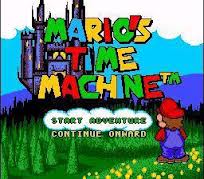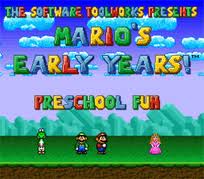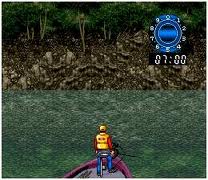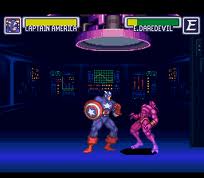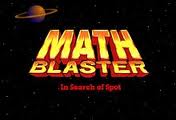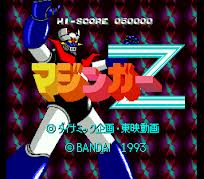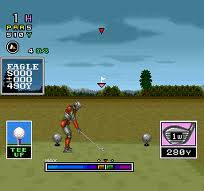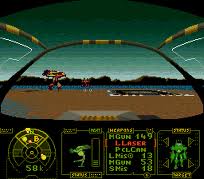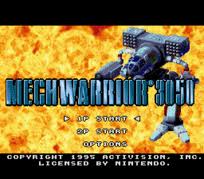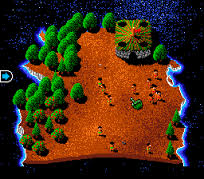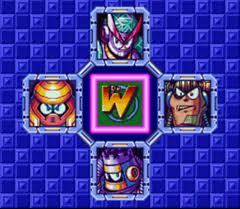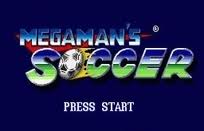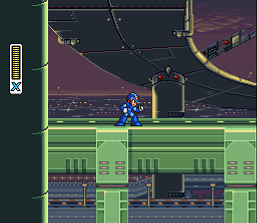Mega Man 7, known as Rockman 7 Shukumei no Taiketsu! (ロックマン7 宿命の対決!, Rokkuman Sebun Shukumei no Taiketsu!?, lit. "Rockma
Read moreMega Man 7, known as Rockman 7 Shukumei no Taiketsu! (ロックマン7 宿命の対決!, Rokkuman Sebun Shukumei no Taiketsu!?, lit. "Rockman 7: Showdown of Destiny!") in Japan, is a video game developed by Capcom for the Super Nintendo Entertainment System. It is the seventh game in the original Mega Man series and the first and only title in the main series to be featured on the 16-bit console. The video game was first released in Japan on March 24, 1995 and was localized later in the year in North America and Europe. The game is also available for the PlayStation 2, Nintendo GameCube, and Xbox as part of the Mega Man Anniversary Collection. It is also known for the information that is given to the player in the Shade Man stage. Mega Man 7 was created to revitalize the original franchise after the release of Mega Man X, which got very positive reviews. However, it scored lower ratings than Mega Man X, and was seen as an inferior game to Mega Man X by fans.Picking up directly after the events of Mega Man 6, the plot involves the protagonist Mega Man once again attempting to stop the evil Dr. Wily, who uses a new set of Robot Masters to free himself from captivity and begin wreaking havoc on the world. Along with some help from his old friends, Mega Man finds potential allies in the mysterious robot pair Bass and Treble, who are later revealed to be in league with Wily. In terms of gameplay, Mega Man 7 follows that same classic action and platforming introduced in the 8-bit Nintendo Entertainment System (NES) titles, but updates the graphics and sound of the series for the more powerful SNES.According to its creators, Mega Man 7 was only in development for a short time before its release. Keiji Inafune, a noted character designer and illustrator for the franchise, handed off his duties to Hayato Kaji for this installment. Mega Man 7 has received an overall average critical reception. Although many considered it a competent game by itself, a majority of reviewers either called it a simple rehash of previous entries in the Mega Man saga, or considered it inferior to the inventive spin-off Mega Man X, released on the SNES over a year earlier.

